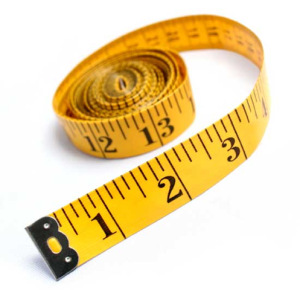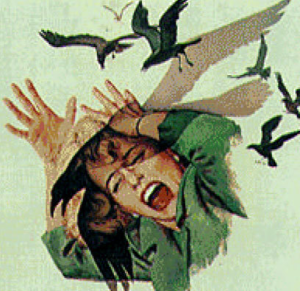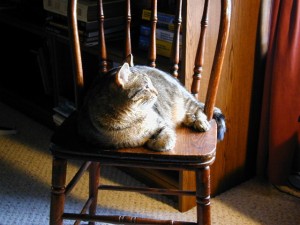By Joe Moore
There’s a great game called Jenga. It’s comprised of lots of wooden blocks from which you build a tower. Each player in turn removes one wooden block from anywhere within the tower. The object of the game is to  not be the one to remove the block that tumbles the tower into a heap of rubble. After all, each block is connected, touches, or relies on the others. The tower must remain structurally stable and strong to keep from falling and breaking. It’s fun to play, but you know that if you pull the wrong block, you can cause a chain reaction that brings the tower down. Once it falls, the game is over.
not be the one to remove the block that tumbles the tower into a heap of rubble. After all, each block is connected, touches, or relies on the others. The tower must remain structurally stable and strong to keep from falling and breaking. It’s fun to play, but you know that if you pull the wrong block, you can cause a chain reaction that brings the tower down. Once it falls, the game is over.
This week, I’m deep into the editing of the galley proof for my upcoming thriller, THE PHOENIX APOSTLES (June 8). It’s one of, if not the most critical stage of the novel writing process. Up until now, it’s been all fun and games: playing “what if”, outlining, researching, writing, discussing the plot with my agent/editor, sending out portions of the manuscript to my beta readers, rewriting, changing and shifting plot and characters, panicking that I won’t meet the deadline, turning in the manuscript on the deadline day, waiting for the initial feedback from my editor, strategizing with the publisher’s publicity department, seeing the cover art for the first time, worrying, and waiting. A treat arrives in the mail in the form of an ARC (advance reader copy) that my editor snagged for me. I get to see the mockup of the book and cover, and hold it in my hands, and show family and friends that there really will be another book, and I really am a writer, and the first four books weren’t just flukes. So up until now, it’s been tons of fun.
Suddenly, I get an email from the copy editor. The galley proof (the entire text printed as it will appear in the final version) will arrive on such and such a date, and she needs my corrections back on such and such a date to meet the “to-press” date. And she includes the statement that causes all warmth to drain from my body to be replaced with bone-crunching Arctic fear: this will be my final opportunity to make changes.
I’m about to play Jenga with my book.
OK, I can handle it. After all, everyone who read the manuscript loved it. Sure, there’s going to be a few typos that even the editor and proof reader missed. Hey, we’re all human, right? I’ll just whip through this baby, catch a few minor flaws, and get it back ahead of time.
Note: one big advantage here; I have a co-writer, and she’s got her own copy of the galley proof, and she’s going through the same exercise I am. So we figure it’ll be a quick read-through and we’re done. Then we can get back to the fun stuff, right?
So far, I have 5 pages of changes, mostly small items, but a couple of plot issues that need a great deal of thought before we commit to a change. The reason is, one small change, even a word, can break stuff all over the place. Pull the wrong block and the book comes tumbling down.
“This will be your final opportunity to make changes.”
Most of the changes going back to the copy editor are small stuff. But if I stumble across something that needs to be clarified and that clarification causes something else to be changed, and that change causes a major . . .
You get the idea. Editing the galley proof is like pulling blocks in the Jenga tower without it crumbling down around me. It’s not fun, and you don’t get a second chance. Who said writing a novel wasn’t dangerous?
How does this stage of the process go for the rest of the writers out there? Do you love it or hate it? Do you play Jenga with your book?
————————————
THE PHOENIX APOSTLES, coming June 8, 2011.
”Leaves the reader breathless and wanting more.”
– James Rollins

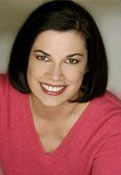
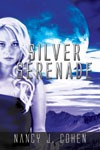 Nancy J. Cohen
Nancy J. Cohen![[image4.png]](https://killzoneblog.com/wp-content/uploads/2010/07/image4.png) It’s time for another Open Tuesday while our blogmate, Kathryn Lilley, is on medical hiatus. Bring us your questions, comments and discussions. If you have a question about writing, publishing or any other related topic, ask away in our comments section. We’ll do our best to get you an answer.
It’s time for another Open Tuesday while our blogmate, Kathryn Lilley, is on medical hiatus. Bring us your questions, comments and discussions. If you have a question about writing, publishing or any other related topic, ask away in our comments section. We’ll do our best to get you an answer.